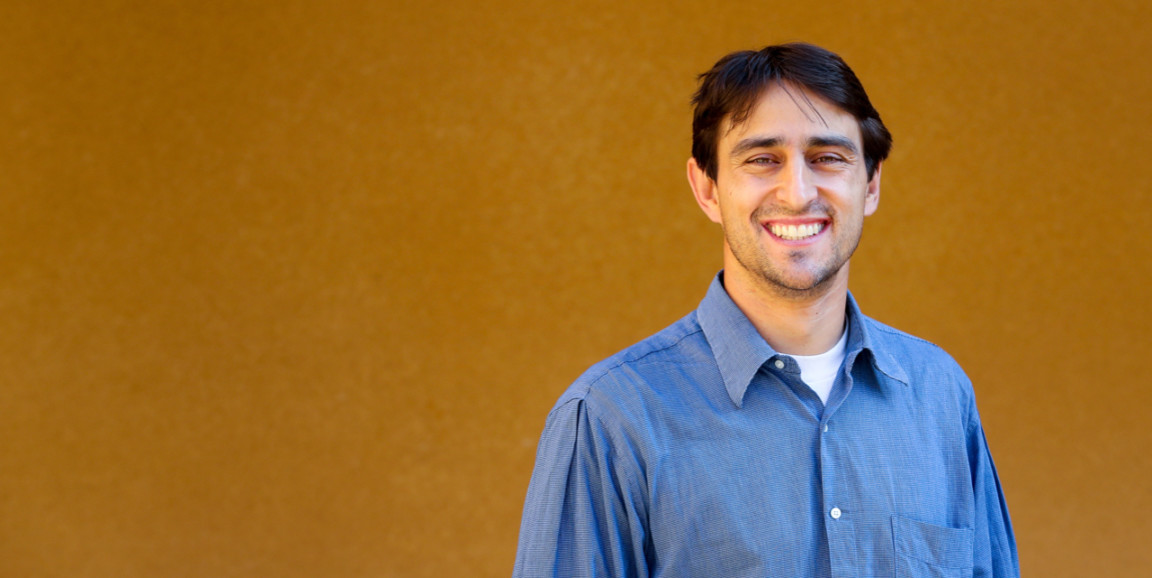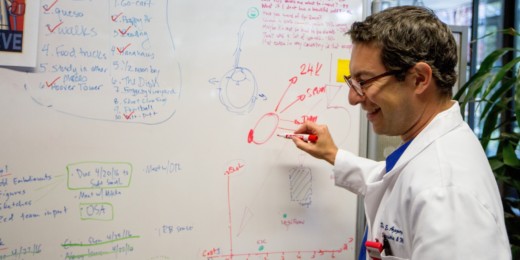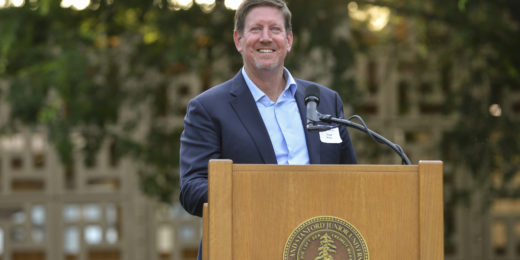Meet Ross Venook, PhD, assistant director of engineering at the Stanford Byers Center for Biodesign and a lecturer in bioengineering. An electrical engineer by training, his work has focused on building and applying new types of MRI hardware, as well as MRI safety for patients with implanted medical devices. I talked to him about his work in and out of Stanford and the power of engineering to solve medical problems:
How long have you been at Stanford?
I was at Stanford as an undergraduate and continued straight through for my masters and PhD, all in electrical engineering. After that, I left to become a research and development engineer at Boston Scientific, a large medical device manufacturing company. I still work one day a week in the neuromodulation division there, doing MRI safety-related projects.
I also develop and lead courses for undergraduate and graduate students, and run the engineering parts of the Biodesign program, including our medtech-focused makerspace.
What are some projects you've worked on?
As a graduate student, I worked on new types of MRI hardware, including a lower-cost "prepolarized" MRI system. During my Biodesign fellowship, we worked on areas ranging from better cardiac ablation lesions to a way to address stress urinary incontinence without causing chronic tissue effects.
At Boston Scientific, I have helped to test and ensure safety under MRI for products ranging from surgical staples to pacemakers to spinal cord stimulators, and most recently, deep brain stimulators. I am also advising a company that started out of a Biodesign class that now has a product in the neonatal space -- a mechanism to better hold umbilical catheters in place in premature babies.
Why did you go into science and medicine?
In elementary school, I had the rare opportunity to have a very rich science education that was focused on inquiry, which really fostered my interest in science as a whole. Surprisingly, I actually didn't know what an engineer was or what they did until late into high school. When I did find out, I fell in love because it was an application of science.

How have your career goals changed over time?
When I was an undergrad, I considered pursuing medicine as a career. When I decided to go to graduate school in engineering instead, I opted to study medical imaging and work on technologies I felt could have clinical impact.
The Stanford Biodesign program really transformed my perspective on what could be possible for my career. I got to spend time with clinicians in the hospital and in operating rooms. I learned a lot about how medicine works, and the Biodesign needs-first approach really resonated with me: understanding the clinical challenge before aiming bioengineering toward what was really needed from a patient perspective.
I now enjoy the opportunity to help students learn how to design and build their own projects with real-world medical applications.
What is the biggest challenge in the health technology field?
There's more pressure on innovators to deliver new therapies that work better and also are able to pay for themselves from day one. That's hard. That creates challenges in the pipeline for people trying to do innovative medical work and get funding for early-stage ideas. I think the move toward value-based health care is important, but that doesn't mean that it's easy.
What's your life like outside of work?
My wife and I live in Millbrae with our two boys. She works at Genentech on cancer therapeutics, and loves the impact of the work she does. Our sons are 8 and 10, so days are filled with a lot of baseball, soccer, or basketball these days. I coach their teams a little bit, and working with younger kids is fun.
How do you unwind?
I love to spend time outdoors, whether it's hiking or biking, playing sports or just walking to the Caltrain on my commute.
What was the best trip you've taken recently?
One of my most recent fun trips was with our family to Zion National Park. We camped and hiked with the families of two of my closest friends from grad school. We came from different spots in the U.S. to meet in Zion and enjoy the outdoors together with our kids, and I hope we can figure out how to have another national park adventure soon.
Photos by Norbert von der Groeben, top, and Rod Searcey, middle






